Razlog - ancient history, interesting sights, friendly hospitality and beautiful views of three mountains - Rila, Pirin and Rhodope
- Stefan Ivanov

- Oct 5, 2024
- 13 min read
Updated: Jan 17
Razlog is a city in Southwestern Bulgaria, Blagoevgrad district, administrative center of Razlog municipality.

It is located in the Razlog hollow, from which it gets its name. This happened on March 26, 1925. Before that date, the city was called Méhomia.

To the south, the ashen rock teeth of Pirin greet everyone with "Welcome!".

In the north, the graceful green curves of Rila enchant every guest of the city with their beauty.

To the east, the Slaveev Mountains - the wonderful Rhodopes delight people who have visited this wonderfully beautiful Bulgarian region.

To the south is the city of Bansko, to the southeast – Dobrinishte, and to the northeast are Belitsa and Yakoruda.

The Razlog valley is surrounded by the southern parts of Rila and the northern slopes of Pirin, and the eastern border is the Mesta river.
It is a high intermountain valley with an average altitude of over 800 meters. Tectonically, the basin is a ridge separated from the mountains by large fault zones.

The territory of the municipality has an extremely diverse relief.

Razlog is located in the continental-Mediterranean climate region.

The city falls in the climatic region of the Mesta River Valley and summers are cooler.

A characteristic feature of the climate is the significantly milder and more rainy winter compared to the European continental area.
Spring is rich in rainfall and also cooler.

The average annual air temperature is 9°C.
The coldest month is January (with an average temperature of -1.9°C), and the warmest is July (with an average temperature of 18.9°C).
History
In the Stolovatets area (about five kilometers west of Razlog) remains of a Thracian sanctuary from the late Bronze and early Iron Ages have been discovered. Ruins of walls built of quarried stones are visible. Two large marble slabs with relief decoration have also been found, connected to a sanctuary dedicated to the sun.

About two kilometers east of the city, in a grave from an ancient necropolis, an iron sword and two knives, six torcs, a ring, a bracelet and a fibula were found. About ten kilometers west of Razlog, near the Predel area, there are remains of an ancient settlement (cultural monument).

Eleven kilometers northwest of the city are the ruins of an early Christian church from the 5th and 6th centuries, known as "St. Elijah" (a cultural monument), with a semicircular apse. Parts of the altar wall, a column with leafy decoration, cornices, etc. have been preserved.

From the late antique era, the fortress on the northern slopes of Pirin (in the Kalyata area, about nineteen kilometers southwest of Razlog) and the settlement at the foot of these slopes (Krusha area, about eight kilometers southwest of Razlog) are cultural monuments. A find of tetradrachms from Philip II of Macedon (359 ÷ 336 BC) was found in this area.
During the Middle Ages, life in Krushe continued - remains of settlements, a flat necropolis and a small single-nave, single-apse church, called "The Painted", probably because of the frescoes it had, have been discovered. The church is a cultural monument.
From the same time are the remains of the church "Holy Trinity", about two kilometers south of the city. The church is a cultural monument. According to its plan, it belongs to an early stage in the development of cross-domed churches in Bulgaria.
Near the "Painted" church, the foundations of a late medieval church (probably triconch) called the "White Church" - today a cultural monument - are visible. In the Katarino area (about seven kilometers west of Razlog) is the church of "St. Catherine", built in the early years of the Ottoman period, later destroyed. Currently, the church is a cultural monument and has been restored. The area was probably a cult place of Thracians and Slavs.

The name Razlog is first mentioned in the letter of thanks of the Byzantine emperor Basil II the Bulgar-slayer (976 - 1025) from 1019.

In the Rila Charter of 1378 of Tsar Ivan Shishman (1371-1393), when listing the settlements subject to the Rila Monastery, the expression "Razlog priests" is also found.

In the Ottoman register of the Đelepkešani (sheep breeders) from 1576, it is first mentioned under the name Mehomiya as a village adjacent to the Razlog kaza. There are 23 Đelepkešani households living in the village.

In a number of Ottoman documents from the 17th century and the 19th century, it also appears with the names Mehomia, Mehom and Mihomia. According to data from the Ottoman register from 1643 to 1644, 62 Christian households were registered in the village, which by the middle of the century had decreased to 55. Part of the population was Muslim.
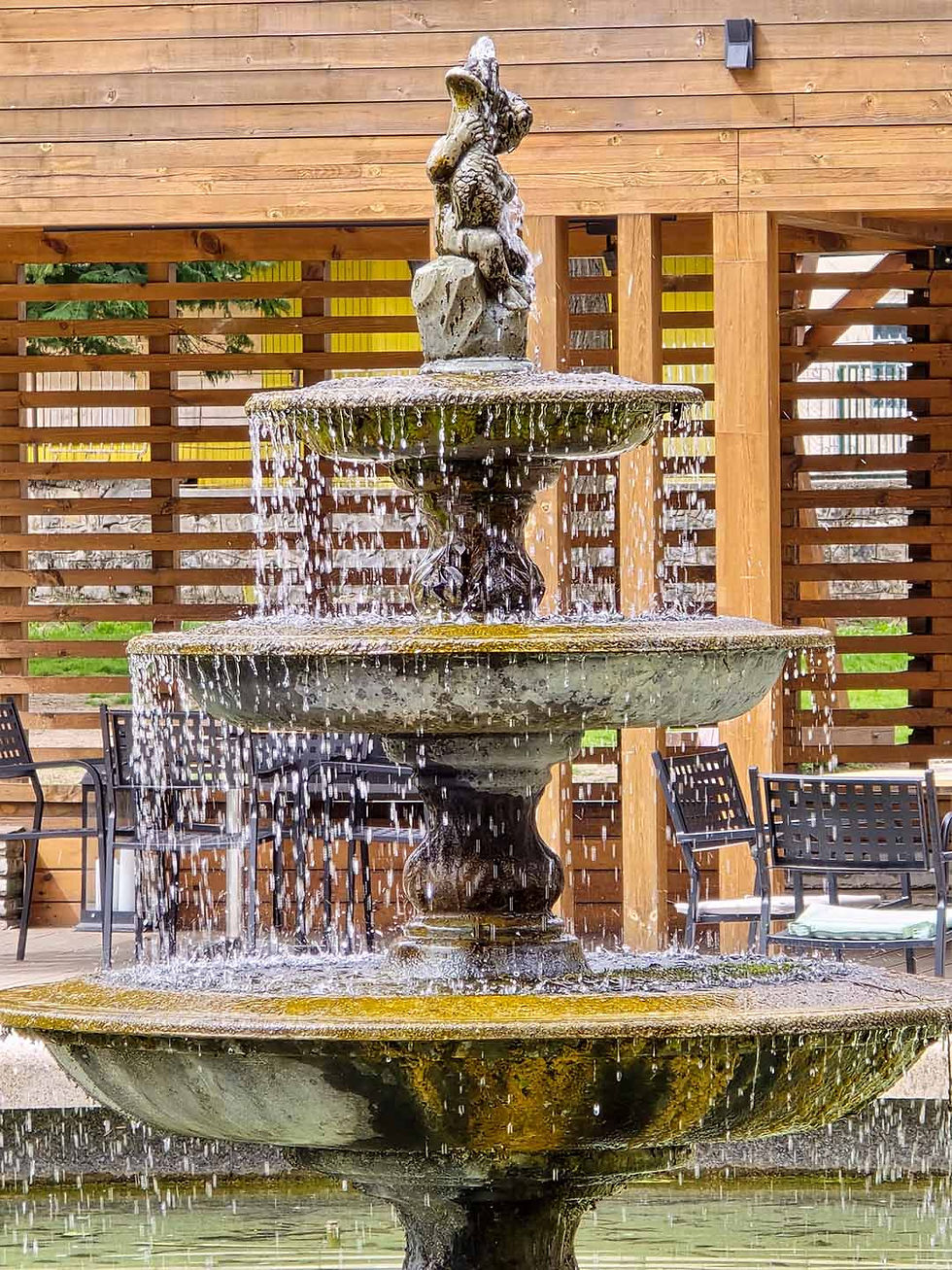
In the 18th century, the Rila Monastery opened a monastery in Mehomia. At the end of the 18th century, a monastery school was established with the first teacher Joseph Manzurski.

The livelihood of the population in the 19th century was agriculture (mainly corn) and animal husbandry. Among the crafts, pottery and goldsmithing were developed. According to Vasil Kanchov, at the end of the century a fair was held every Sunday.

The etymology of the name Mehomia is unclear, and it is probably Thracian. Folk etymology connects it with meh, since tar extracted in Mehomia was transported in skins.
In the 19th century Mehomia was a mixed Christian-Muslim settlement in the Nevrokop Kaaza of the Ottoman Empire.

During the Revival, a monastery of the Rila Monastery functioned in the village. Taxidiots here were Haralampi and Joasaph. Pilgrims from Mehomia donated money to the monastery almost every year. In 1837 alone, 9853 groschen alms were received from them. From Mehomia, the monastery was supplied with raisins, fish and other things.
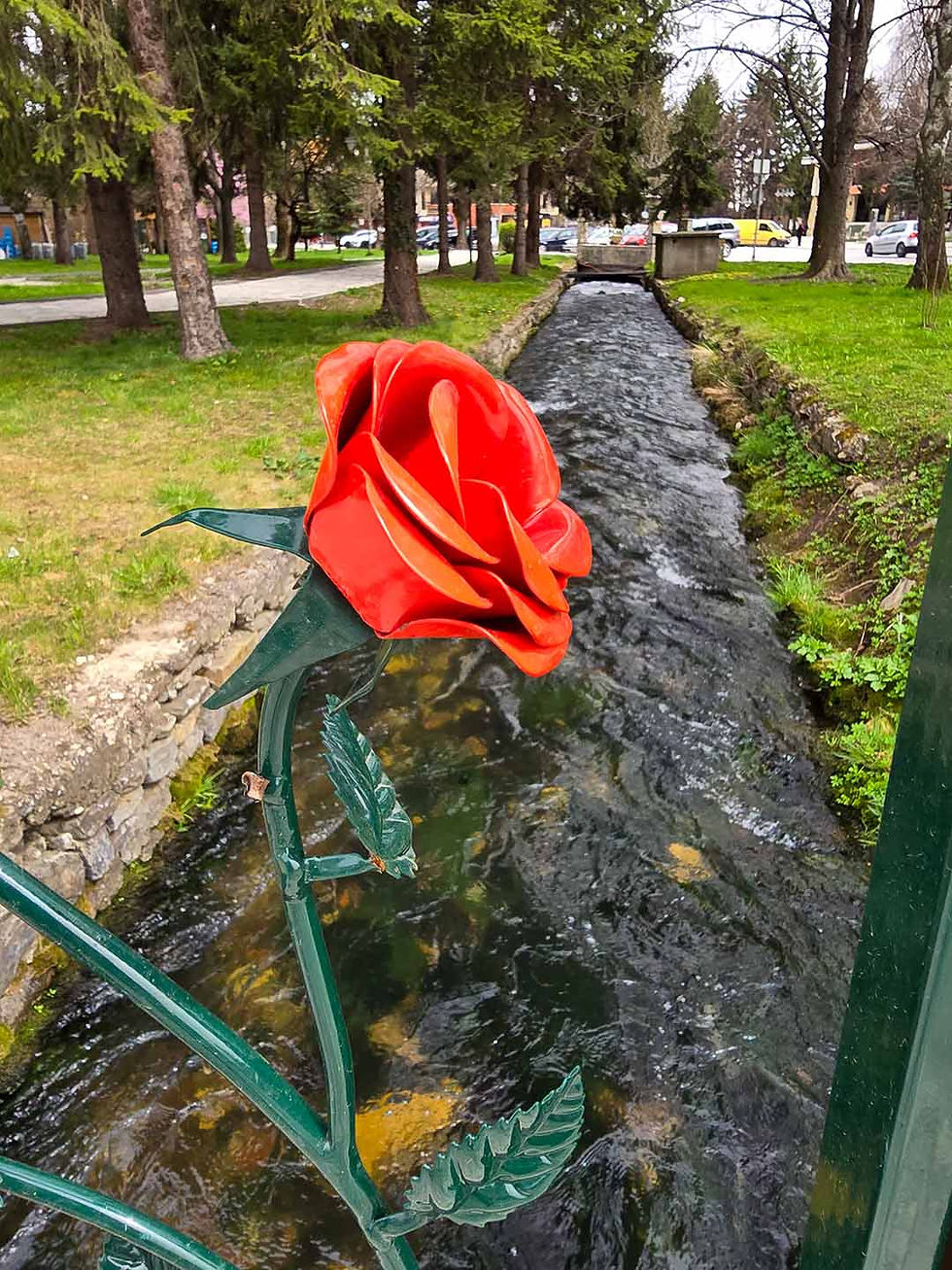
In 1834, the church of "St. George" was built. In 1835, on the initiative of the teacher Mikhail Manzurski, a building for a monastery school was built in the church yard. In 1858, under the teacher Ivan Popmikhailov, the school grew into a New Bulgarian school.

In 1891, a two-story building was built for the Mehomian Bulgarian class school "St. St. Cyril and Methodius", and in 1894 a full junior high school was opened.

In 1869, in the house of Kipre Maksev, Vasil Levski founded a revolutionary committee consisting of 12 people.
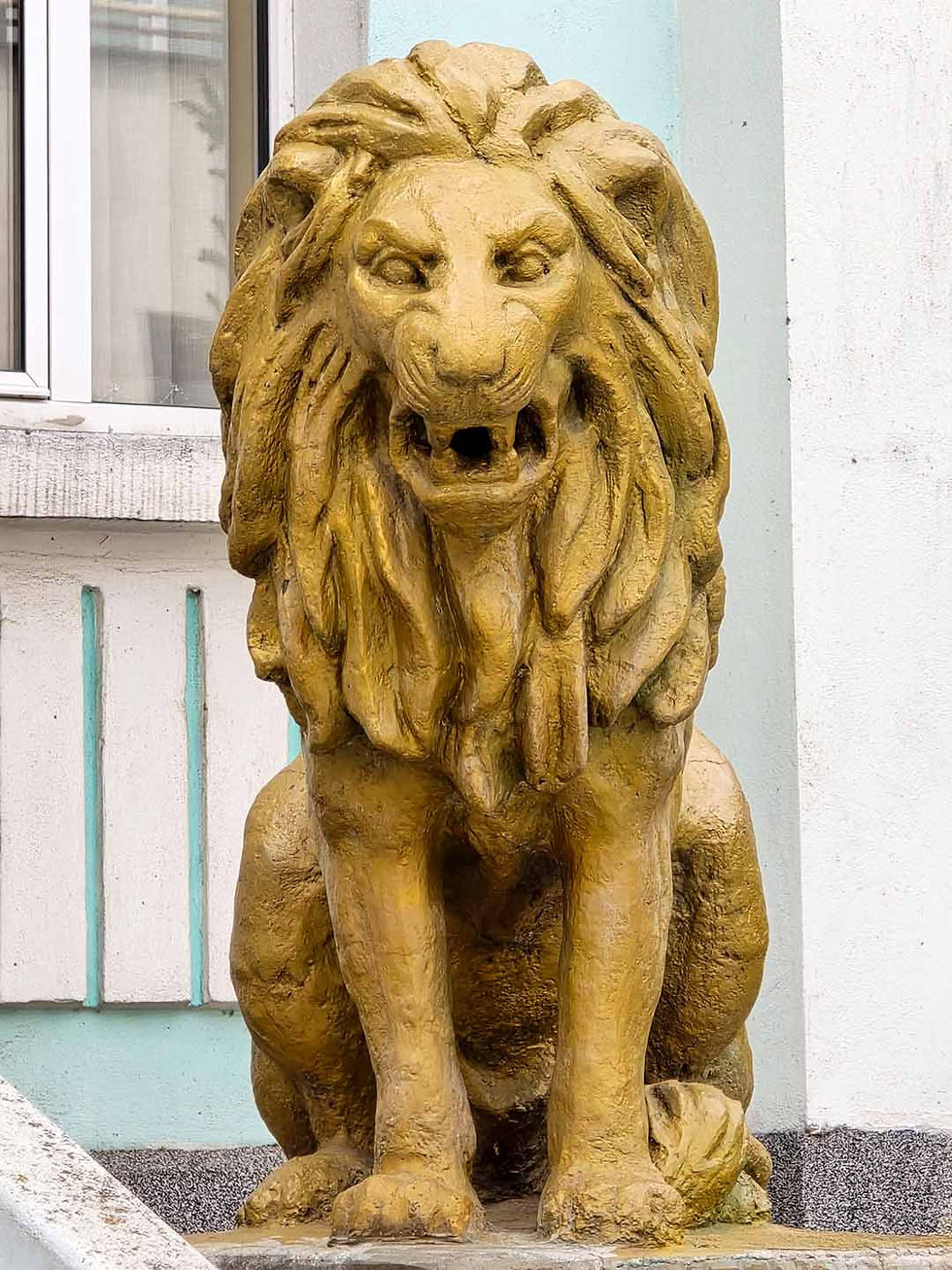
In preparation for the April Uprising of 1876, a local revolutionary committee was founded under the leadership of Kuzman Poptomov (Sharlandzhiyata) and Mehomiya was included in the 4th (Plovdiv) revolutionary district. The local leaders were arrested, the city did not revolt.

Seven people from Mehomia also participated as volunteers in the Russo-Turkish War of Liberation from 1877 to 1878. Residents of the town signed the petition of the population of Razlog (March 2, 1878) to the Russian commander-in-chief, Prince Nikolai Nikolaevich, for their release from the Sultan's rule. Residents of Mehomia also signed the petition to the Grand Vizier for the dispatch of the Bulgarian bishop and for official recognition of the Bulgarian municipalities in Razlog (November 15, 1888).

The Razlog Bulgarian Municipality was formed in 1889. In 1895, the holiday of the Slavic first teachers, Cyril and Methodius, was celebrated for the first time in Mehomiya.

In the "Ethnography of the Vilayets of Adrianople, Monastir and Salonika", published in Constantinople in 1878 and reflecting the population statistics of 1873, Mehomia is listed as a settlement with 405 households, 650 Bulgarian inhabitants and 450 Pomak inhabitants.

In 1891, Georgi Strezov wrote about the town:
Mehomiya, a palanka 10 hours northwest of Nevrokop. Located on the entire Razlog plain, on both banks of a river, a tributary of the Mesta. There are no notable buildings; the houses are mostly wooden and two-story. In terms of appearance and location, Mehomiya is inferior to Bansko. Sandy land, which produces the most rye and corn. There are all kinds of craftsmen; on Sundays there is a market, the main one for the whole of Razlog and quite crowded. A Bulgarian church and a one-story old school with 3 teachers and 180 students. 700 houses, mostly Bulgarian and less Pomak.
By the end of the 19th century, Mehomiya was already the center of a separate kaza within the Serski sanjak.
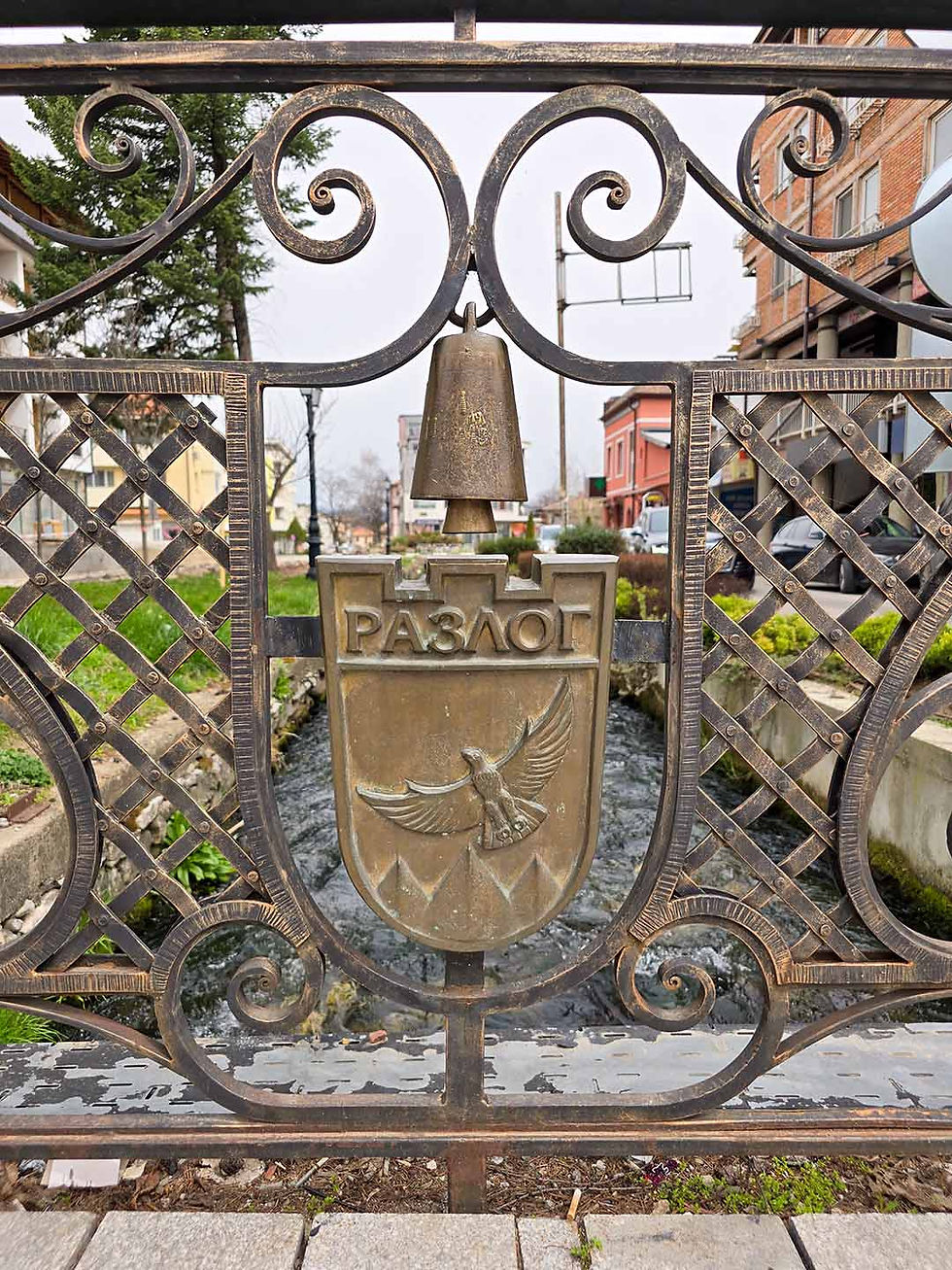
In 1896, Gotse Delchev founded a committee of the VMORO in Razlog.

During the Ilinden-Preobrazhensko Uprising on September 14, 1903, a group of Chetniks entered the city and began insurgent actions, together with local activists. The Turkish army and bashibozuk attacked the city and killed about 45 people and burned down about 200 houses. Some of the local Bulgarians fled to the Principality of Bulgaria.
Magdelina Yurukova gave birth to fourteen children. Her sons and brothers took an active part in the revolution, and she herself gave refuge in her home to activists of the 1903 uprising. In Razlog, the Turks cut off the heads of twenty-eight killed insurgents and scattered them on the square for the edification of the population after its defeat. The mother collected the heads of the killed - two of her sons and two brothers - in her apron. She collected them with the bodies she had recognized and handed them over for a Christian burial after the arranged funeral. In front of the gathered population, she behaved with dignity and did not shed a single tear.
During the Balkan Wars of 1912-1913, two more of her sons gave their lives for freedom.
The grateful population of Razlog calls Magdelina Ilin Yurukova a mother - a saint and the Razlog grandmother Tonka Obretenova. On February 26, 2021 The memorial plaque restored by members of the "Brotherhood of Outlaws" and VMRO organizations was consecrated. It is dedicated to the fallen sons, brothers and cousins. It is located in the Andako area near the town of Razlog.

According to data from the Nevrokop Metropolis, in 1907 there were 3,235 Bulgarian Christian residents in the city.

At the outbreak of the Balkan War in 1912, ninety-four people from the city volunteered in the Macedonian-Adriatic militia.

Mehomiya was liberated from Ottoman rule on October 11/24, 1912 by units of the Rhodope Detachment. The local Turkish population withdrew with the retreating Turkish army along the Mesta River valley.

The main livelihood of the population is agriculture.
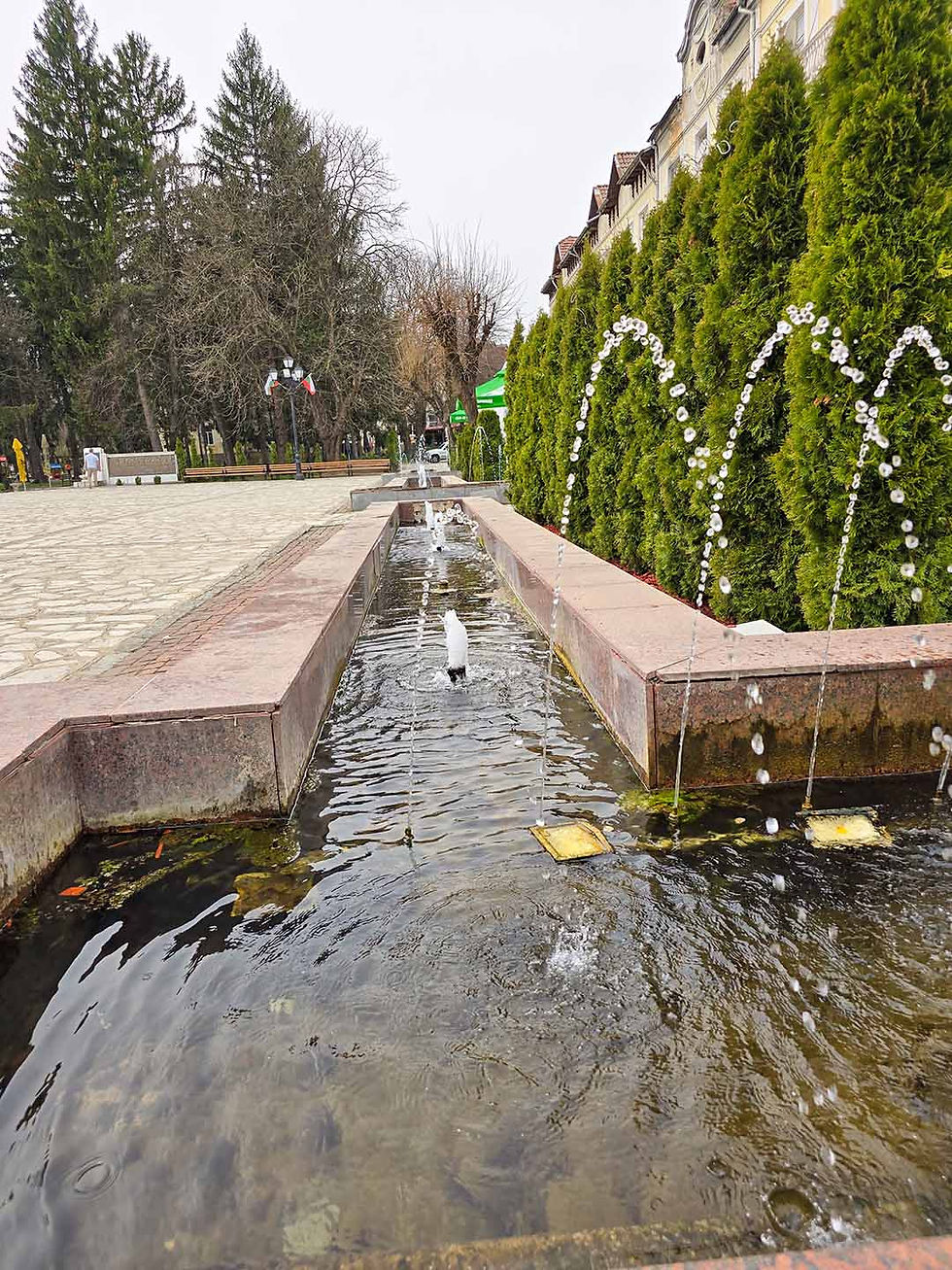
In 1913, agencies of the Bulgarian National Bank and the Bulgarian Agricultural and Cooperative Bank were opened, and in 1926 – of the Popular Bank. The cooperative movement began with the establishment of the "Djindzhiritsa" forestry labor-production cooperative and a branch of the "Osvobozhdenie" cooperative – 1920.

In 1919, a protest meeting was held against the unjust decisions of the Neuilly Peace Treaty.

Razlog is home to one of the largest Orthodox churches in the Blagoevgrad region - "Holy Annunciation", as well as several smaller churches.

At the end of the 19th and the beginning of the 20th century, the initiative was taken to build a new church in the town of Mehomiya. Even in 1911, the construction of the church "St. St. Cyril and Methodius" began in the town, which was not yet liberated from Turkish rule, but the construction remained only in the foundations. This undertaking began again in 1924, but already in a different place for political and urban planning reasons.

The temple was erected and consecrated in 1939 by Metropolitan Boris Nevrokopski. The name of the new church was changed to "Holy Annunciation of the Virgin", according to local tradition - at the insistence of a wealthy resident of Razlog named Grandfather Blago. Its complete painting was completed only in the late 1990s. The church was built on the model of the Varna Cathedral "Assumption of the Virgin" and is one of the most representative temples in the Pirin region.

Razlog is the economic, cultural and administrative center of Razlog Municipality and carries the spirit of the Bulgarian Renaissance and culture.

A visit to the city will allow you to get acquainted with over 41 residential buildings of the Revival architectural type of Razlog-Chepina house, which have the qualities of cultural monuments.
The old town houses (from the 1930s) in the city center, the greenery of the park areas, the freshness of the abundant water and the panoramic views of Pirin and Rila create a unique feeling for every guest.

The churches of "Holy Annunciation" and "St. George", the city museum in the Parapunova House, the Kipremaks House, the Yazo River embankment are part of the many local landmarks.
The numerous beautiful bridges in the city are true masterpieces of art and every guest of Razlog is more than welcome to explore them.
Historical Museum – Razlog Town
The museum is part of a series of Revival houses, which have been declared monuments of architecture. The building is a model of the Razlog-Chepina house of the Bratov type from the end of the 19th century. This type of house is considered a continuation of the so-called symmetrical houses, which first appeared in Plovdiv in the second half of the same century. It burned down in the uprising of 1903 and was rebuilt according to the old plan in 1905.
The museum houses over 5,000 exhibits from different eras. The collections of weapons and old printed books, traditional local clothing and works of local craftsmen are valuable. The rich photographic and documentary material from the 19th and 20th centuries, stored in the museum, is the basis for scientific local history research and numerous exhibitions about the life of the local people.
Central Park
The Central Park is a wonderful and green place that brings joy not only to the youngest, but also to every resident and guest of this wonderful Bulgarian city.

In the center of the park, a wonderful lake has been formed, which is home to a large family of birds.
The numerous streams and rivers around the lake caress the ear with gentle water melodies.
The park in Razlog is one of the most beautiful in Bulgaria and is maintained with a lot, really a lot of love!

The place is perfect for meetings and walks.

The atmosphere is conducive to creating incredible memories.
Here is a video of mine that perfectly illustrates the spring beauty of the lake and park of Razlog.
Treat yourself to an unforgettable day by the pond!
Ancient solar calendar
One of the landmarks of Razlog is located here – in the city's central park.

Twelve marble moraines with carved animal figures are arranged in a circle, like an ancient solar calendar.

Such a solar calendar was found by treasure hunters in the Razlog region in the 1970s. The find is a circular stone disk – ten centimeters in diameter, covered on both sides with a low relief, pierced in the middle – probably used as an amulet.
The calendar is the result of thousands of years of observations by our ancestors in their quest to navigate time and space.

Bulgarians used the calendar from ancient times until the end of the 19th century. The archaeological find from Razlog is dated to the 8th century AD and represents the only complete and preserved depiction of the Ancient Bulgarian calendar found and originating from the lands of present-day Bulgaria.
The Turkish bath
Also near the park you will find the Turkish Bath. It was built in 1903 by Taksim Bey, a resident of Razlog between 1901 and 1905. A highly educated and erudite man for his time, he initiated the construction of several buildings – a new mosque and a konak in Mehomiya, and in Yakoruda – a school for the Orthodox.

The Turkish bath is a Turkish public bath modeled on the baths of the period between the 17th and 18th centuries. The building has three rooms with domed roofs - a large one and two smaller ones. It had a heating system through the boiler flue in double systems and underfloor heating through the drain water. In the middle there was a large marble slab for the calves, and the vents were on the domes. They had a vestibule for undressing and dressing. After the Liberation it was also used by the Bulgarians with separate days for men and women. The building was restored according to a European project. The large room exhibits photographs of flora and fauna from the region, as well as folk customs. There is a tourist information center in an annex to the bath.
Golak area
With a view of three mountains, Golak Hill above Razlog is a beloved and visited place for walking and relaxation.

Apart from the local population, this hill is also visited by guests of the city, who wish to see the Razlog Valley "like in the palm of their hand". Every nature lover will enjoy the vast view of the Pirin, Rhodope and Rila mountains.

The "Steps" panoramic alley in the Golak area is an absolute must-visit every time I find myself in the vicinity of this wonderful Pirin paradise.

The most attractive site for walking and relaxation is a twelve-meter panoramic tower for contemplating Pirin, Rila and the Rhodope Mountains.

Designer benches, swings and wooden lounge chairs for relaxation, unique stops await you on the Golak ridge.
How to get to the town of Razlog?
South of Razlog passes the Republican Road II-84**.
*Republican Road II-84 is a second-class road, part of the Republican Road Network of Bulgaria, passing through the territories of Pazardzhik and Blagoevgrad districts.
Its length is 104.8 kilometers.
Razlog is located:
151 kilometers (about 1 hour and 55 minutes by car) from the capital
147 kilometers (about 2 hours and 40 minutes by car) from the city of Plovdiv
514 kilometers (about 6 hours and 25 minutes by car) from the city of Varna
399 kilometers (about 4 hours and 35 minutes by car) from the city of Burgas
How do you get to the "Steps" panoramic promenade?
The starting point of the "Steps" panoramic alley in the town of Razlog is located north of the town and starts from the intersection of "Golak" and "Simeon Petlarov" streets, east of the "St. George" temple.
Near the starting point of the "Steps" panoramic alley, there is a very small parking lot built, where two to three cars can easily park.
Dear friends, before I show you what interesting sights you can see nearby, I would like to remind you of the special photo album, which has collected incredible beauty and impressive photo moments just for you, a link to which you will find at the end of the post!
Enjoy it!
And finally, my dear friends,
you shouldn't miss checking out
the special photo album with moments –
discovered, experienced, filmed and shared with you!



















































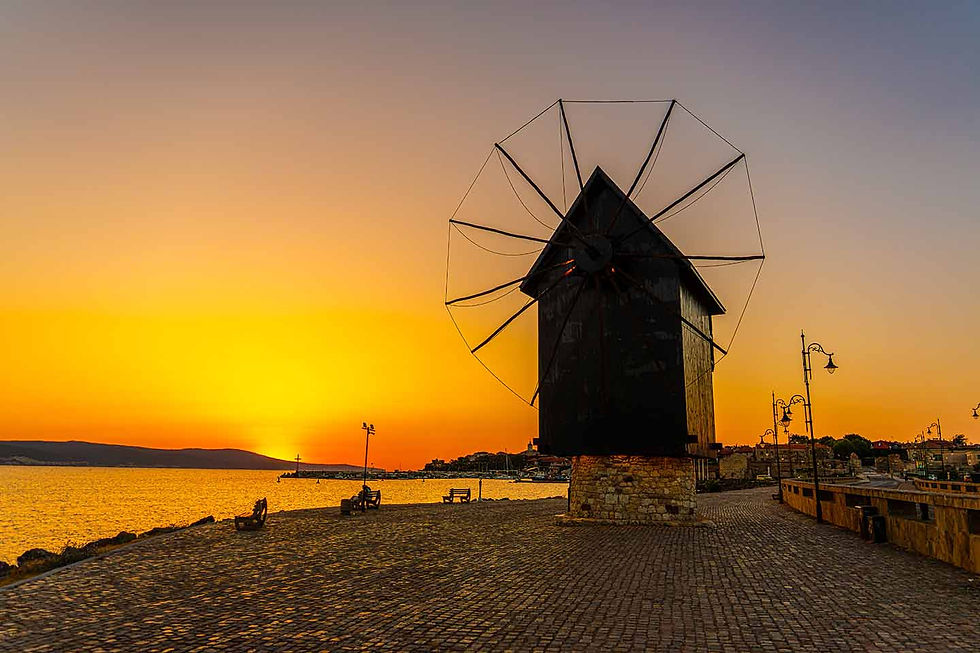


Comments